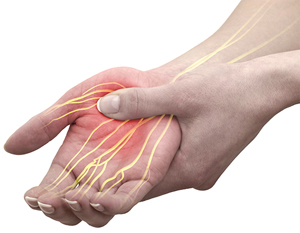
What is Paresthesia?
Paresthesia is a tingling sensation described as “pins and needles”, which is usually felt in the arms, hands, legs, and feet. Other symptoms include itching, burning or numbness. It may be associated with spasms, sensitivity to touch and frequent urination.
Causes of Paresthesia
Paresthesia is usually temporary, occurring due to pressure applied on a nerve, as when you sit or lie down in a certain position for a prolonged period. However, if the sensation is persistent, it may indicate an underlying neurological condition such as stroke, multiple sclerosis, and encephalitis. Other causes of paresthesia include tumors that compress nerves, nerve entrapment (carpal tunnel), alcoholism, diabetes, and Vitamin B12 deficiency.
Diagnosis of Paresthesia
To diagnose the cause of paresthesia, your doctor reviews your medical history and performs a thorough physical examination. Laboratory, imaging tests and nerve conduction studies (measures nerve activity) are ordered.
Treatment for Paresthesia
Your doctor will determine treatment based on your underlying condition. In mild cases, your doctor may prescribe pain medication and Vitamin B12 supplements and may suggest acupuncture and massage therapy.
